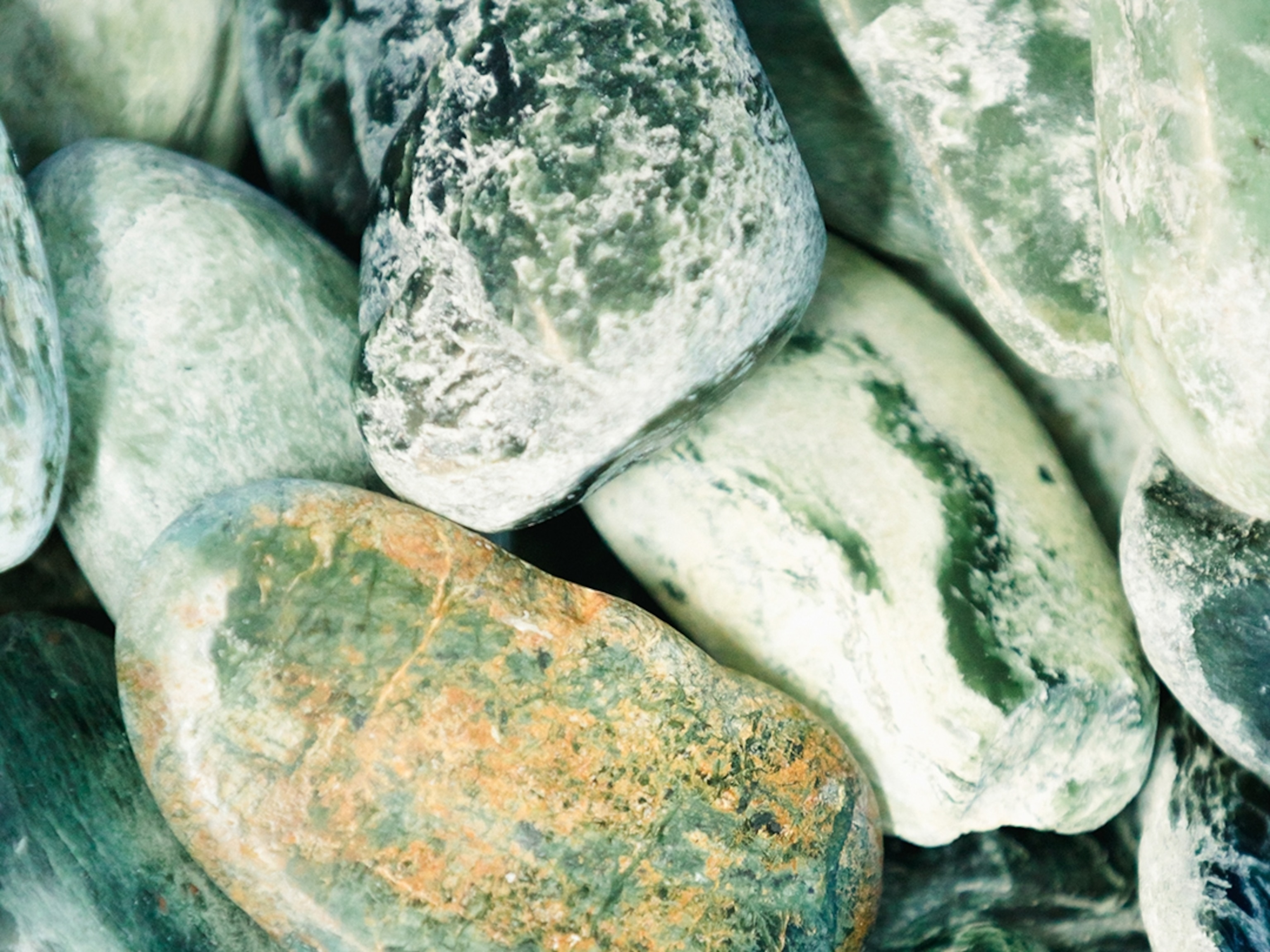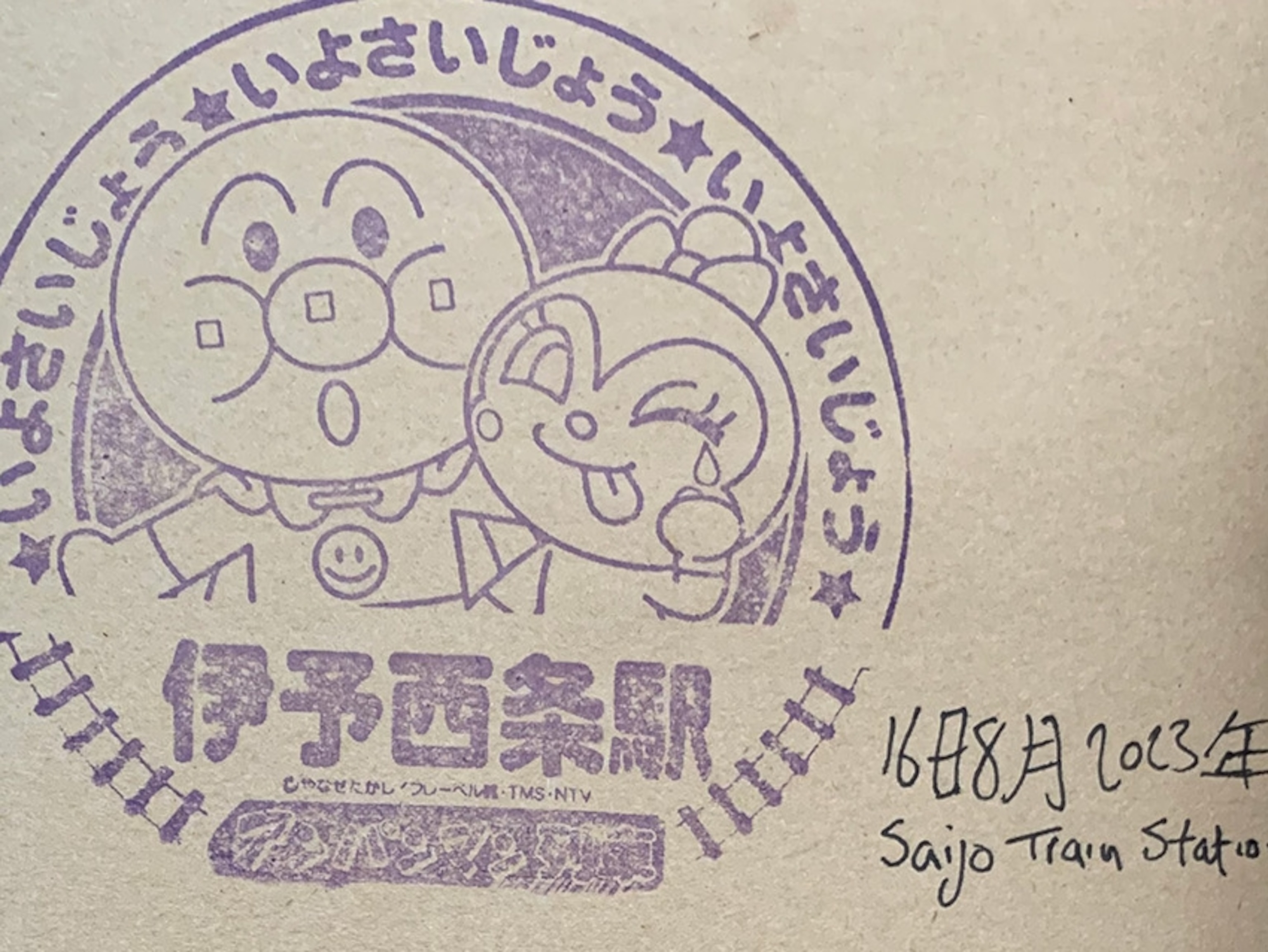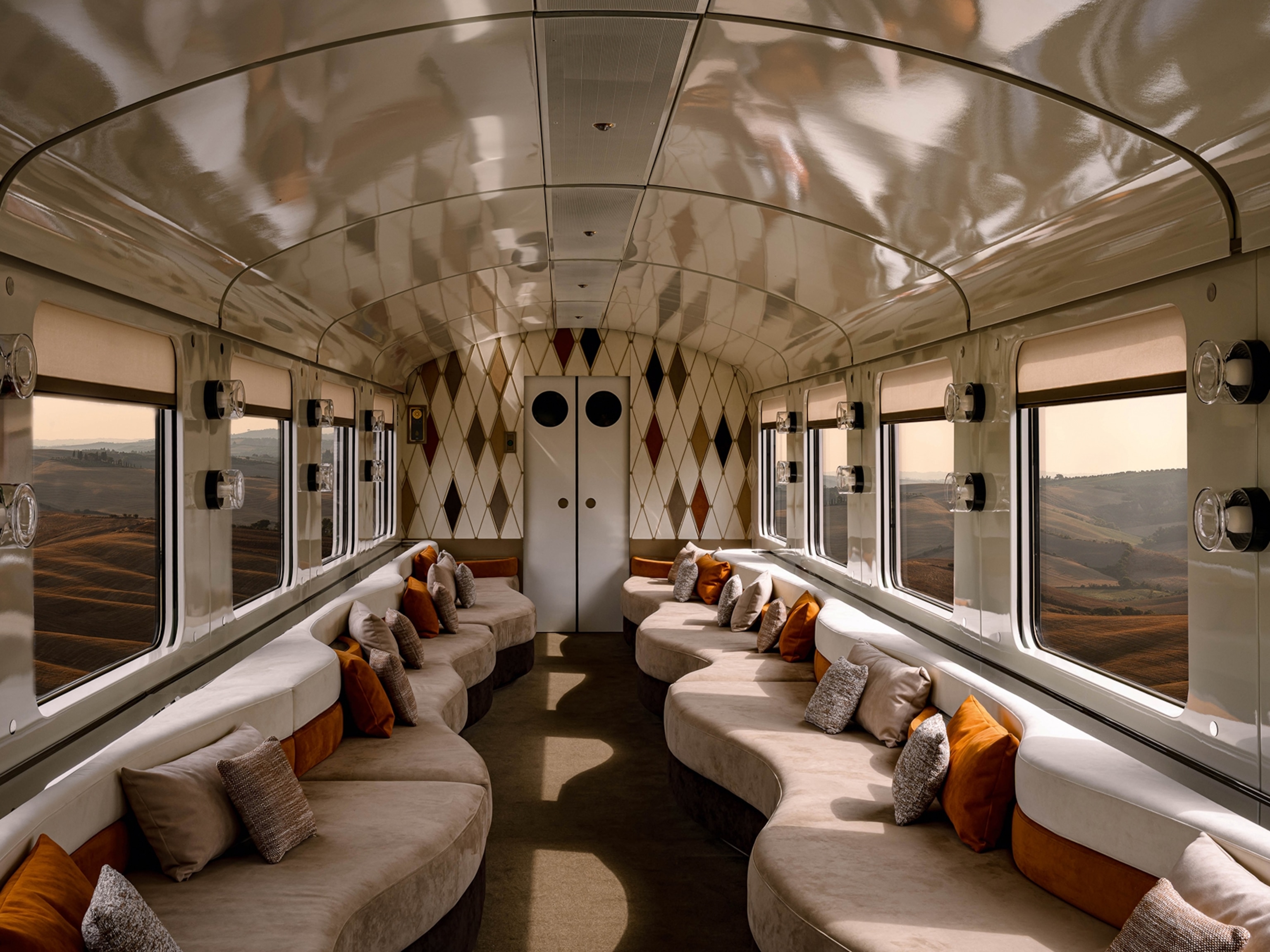
Discover Japan’s rich culture on the New Golden Route
This train line travels on the scenic route between Tokyo and Osaka, curving across Honshu’s spine. Exploring 13 prefectures, travellers can learn about traditional craft techniques, historic pilgrimages and vibrant cities at these key stops.
Most visitors take the bullet train between the neon metropolises of Tokyo and Osaka and the intervening landscapes of mountains, towns and forests slip by unseen. Now there’s an alternative, slower way to make the journey: Japan’s New Golden Route. Guiding passengers between lesser-explored regions, travellers can stop off in these key stations for an up close look at the country's intriguing cultural traditions.
Tokyo
Before heading north on the Shinkansen, take a cycle trip through the lesser-known neighbourhoods with Tokyo Great Tours, bypassing the popular tourist tracks. Bike the backstreets of Kagurazaka’s historic geisha district, which is now an up-and-coming hub where izakaya (bars) ply locals with sake and sashimi. Cycling between Bunkyo’s breathtaking hills bring you to Rikugien Gardens, a scenic pond-scape that encapsulates 88 scenes from Japanese poetry.
Saitama
Speeding north, Tokyo yields to Saitama, where Omiya Bonsai Village has been championing Japan’s ancient arboreal art since 1925. After the 1923 Great Kanto Earthquake, Tokyo's bonsai artisans left the city in search of fresh water, good soil and free land. Today, Omiya’s ordinary-looking streets are home to six extraordinary private gardens bristling with slow-growing bonsai trees. Visit the excellent Omiya Bonsai Art Museum to learn about bonsai’s history and cultural import before admiring the gardens.
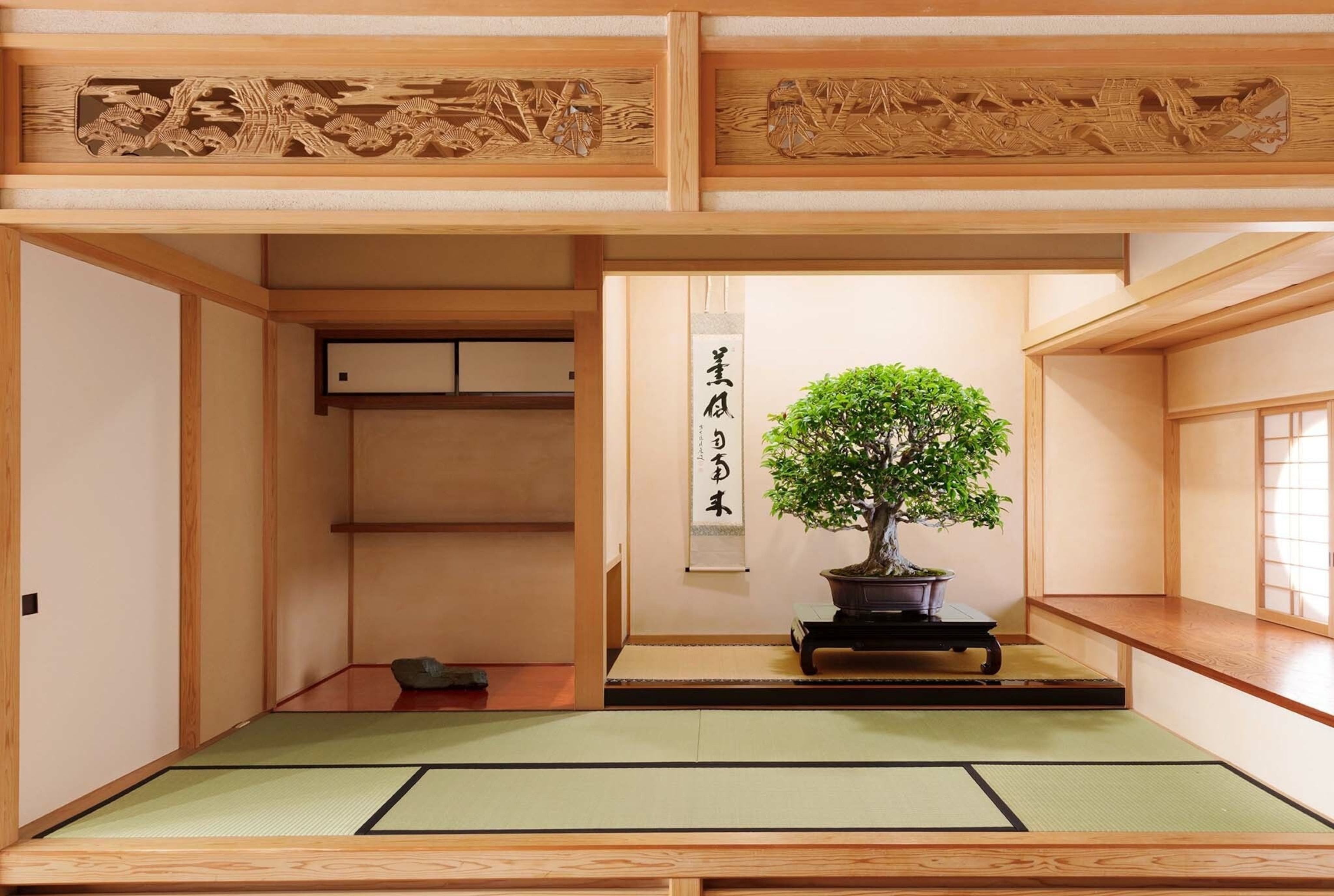
Nagano
Before bullet trains cut a swathe through the countryside, Japan’s traders travelled along the Nakasendo. This historic route between Tokyo and Kyoto passes through the lush Kiso Valley, connecting towns on the way. A short journey from the station in the city of Nagano is its finest section, Magome. Here, steep, cobbled streets trickle with the sound of fresh mountain water and ends with Tsumago’s dark-wood warren of preserved houses, famed for their lacquerware. The walk between the two takes you past fields into towering Kiso Forest, complete with bear bells and traditional tea houses with hanging, charcoal-fired tetsubin kettles.
A short hop west, Ontake Kodo’s historic pilgrimage trail plods its way up Japan’s second-largest volcano. One of its holiest peaks, Mount Ontake lent its name to the ‘Ontake Shinko’ sect, which combines Buddhism and Shintoism. The steep path is still littered with pilgrims, shrines and roaring falls, where climbers can try takigyo waterfall meditation.
Gifu
Tumbling over the Hida Mountains from Nagano, UNESCO designated traditional villages are as ubiquitous as the snow that dusts Gifu’s northern valley. Stop off at Takayama’s traditional, river-split town to discover its bountiful distilleries, warming up with a wooden masu (a wooden box) of velvety sake made with crisp alpine water.
Shooting south through some of Japan’s heaviest snowfall, the line reaches Gujo Hachiman, where a 430-year-old indigo dyeing tradition is still practiced. Used for its insect-repelling properties, the aizome is a complicated process of mashing, soaking and fermenting using vats of near-black indigo. Watanabe Somemono is the last of the town’s original dye houses still producing Japan’s deep blue, using the icy waters of the Yoshida and the Kodara rivers to set the indigo in winter.
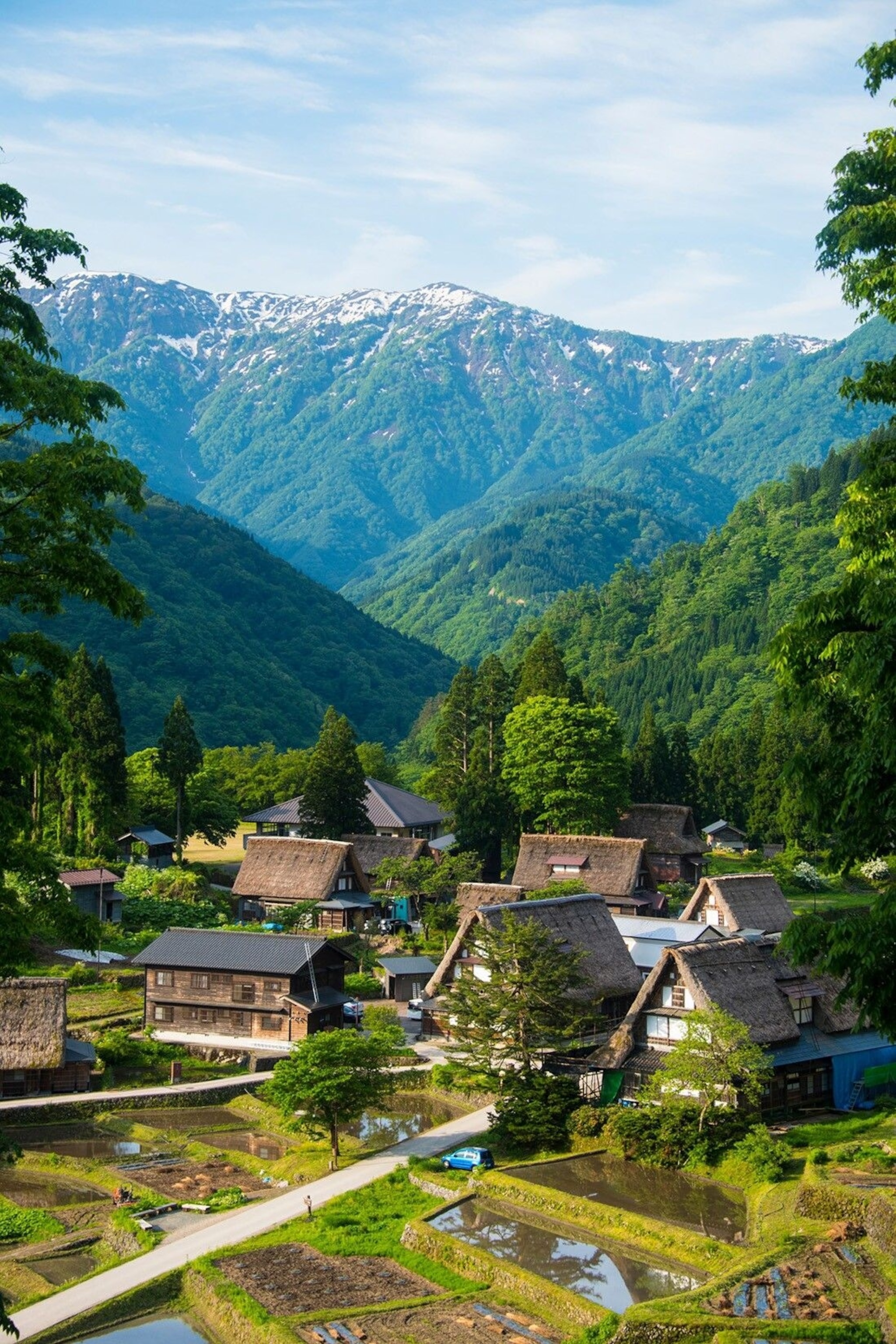
Toyama
Heading north from Gifu, visitors can stay in Gokayama's postcard-worthy and protected gassho-zukuri houses. Translated as 'built like hands clasped in prayer', the great triangular roofs of dark thatch form a congregation in this quiet, mountain-fringed village. Gokayama is also known for its traditional washi, a thick Japanese paper made from mulberry that visitors can try crafting with.
Kyoto
The modernity of steel-and-glass Kyoto Station soon gives way into a labyrinth of historic houses fronted by koshi latticework, tiny fine-dining restaurants and lantern-lit geisha houses. Japan’s former capital is crowded with ancient culture, customs and cuisine, accessed easily through tours via Discover Kyoto Nagaokakyo Hotel. Workshops introduce samurai sword-making, bamboo basketry and Japanese gastronomy with nukazuke pickling.
Osaka
All about its excellent food, Osaka is the line’s final destination: disembark and go dining. Sekai Hotel’s tour around Fuse district’s hidden eateries, some of which are over a century old, gives a taste of the town, with secret menus made just for regulars. Tuck into tempura and takoyaki, learn how to make Japanese sweets and join a hashigozake pub crawl.
Plan your trip
Book your trip on the New Golden Route by getting the Hokuriku Arch Pass, for ¥24,500 (£146), if bought overseas. This seven-day ticket covers 13 prefectures between Tokyo and Osaka, featuring the Hokuriku Shinkansen line.
Follow National Geographic Traveller (UK) on social media
Twitter | Facebook | Instagram
